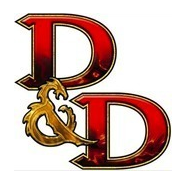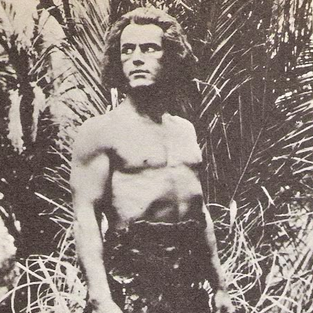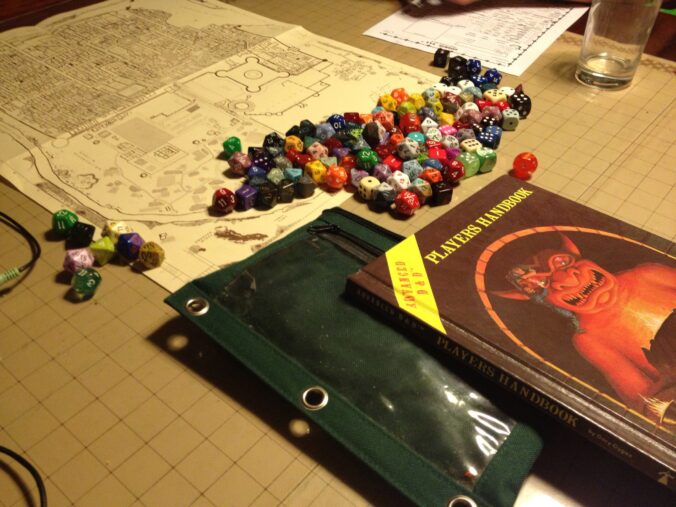 For anyone who’s seen the latest D&D Next playtest packet released on August 2, 2013, I think you’ll agree that the WOTC folks are truly delivering on their early promises to provide a simple core set of rules. You can have players with ‘basic’ (think OD&D) characters playing alongside ‘advanced’ characters (think 2nd Edition with 3rd Edition feats). Throughout the core rules, you can see ‘best of’ features from all prior editions.
For anyone who’s seen the latest D&D Next playtest packet released on August 2, 2013, I think you’ll agree that the WOTC folks are truly delivering on their early promises to provide a simple core set of rules. You can have players with ‘basic’ (think OD&D) characters playing alongside ‘advanced’ characters (think 2nd Edition with 3rd Edition feats). Throughout the core rules, you can see ‘best of’ features from all prior editions.
They key here is flexibility. Players can construct and play characters they’re comfortable with and that suit their playstyle. A player can ignore feats and just give their PC ability score boosts for example. Gamemasters can cater to a variety of GM styles (such as Theater of the Mind combat). Here’s what Mike Mearls at WOTC said which summarizes the approach:
Ideally, your first two levels allow you to embrace your character’s background and race along with the most basic functionality of your class. At 3rd level, you’re ready to opt into a more distinct expression of your character class.
As you gain levels past 3rd, you gain more benefits from your chosen subclass and your class’s core abilities. At this stage, you can also opt to choose between boosting your ability scores and selecting feats. We believe that most players will boost their scores first, then opt into feats as they max out their key abilities. In either case, players are free to opt for the complexity that feats bring or keep it simple.
Thus, you can imagine that the lifespan of a character looks something like this.
- At 1st and 2nd level you learn the basics of your class, race, and background.
- At 3rd level, you begin to specialize within your class.
- At 4th level and later, you can decide to further customize your character or keep things simple.
- At any point, you can decide to multiclass after 1st level.
- Before you start play, you can also opt to design your own subclass, provided that your DM approves this choice. Subclass design won’t be a science, but we can provide pointers and advice on which combos to avoid.
(Source: http://www.wizards.com/dnd/Article.aspx?x=dnd/4ll/20130805)










Recent Comments